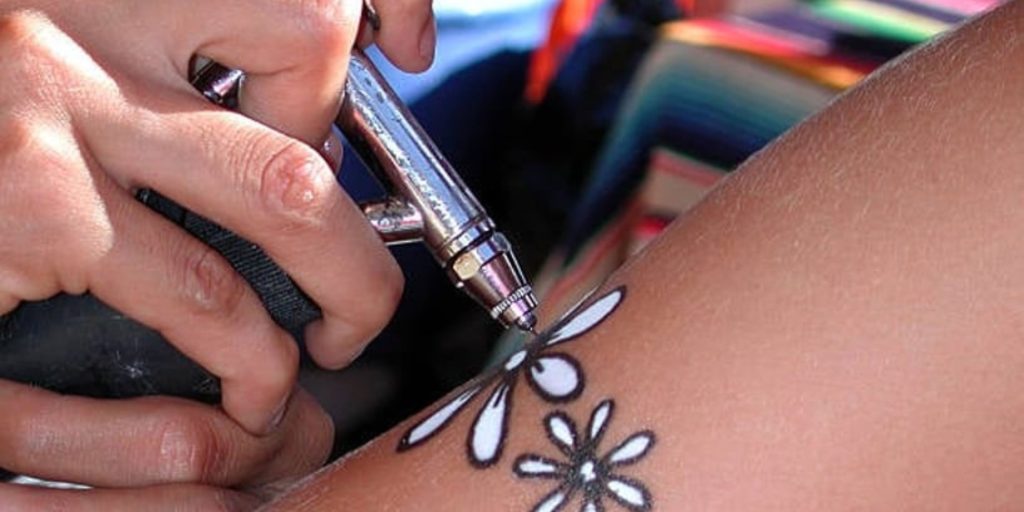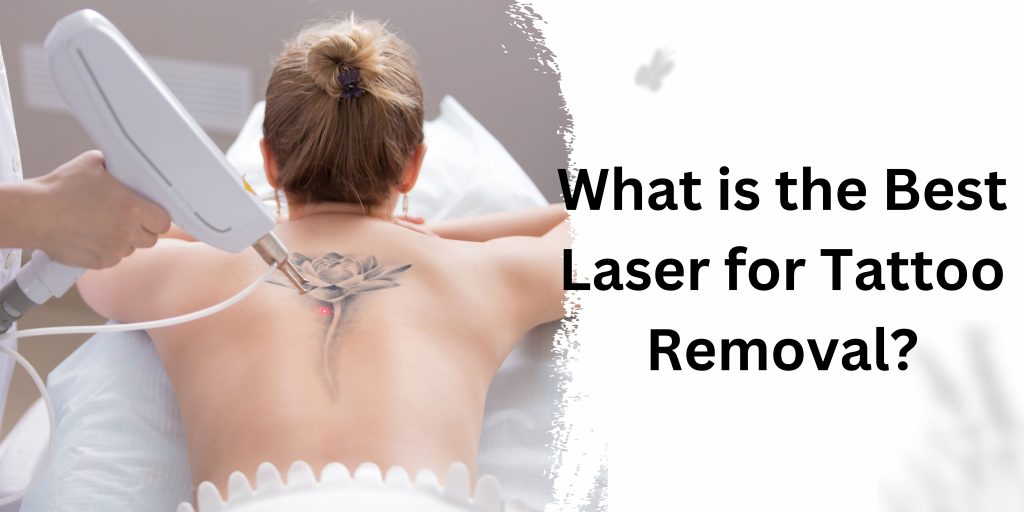Are you intrigued by the world of tattoo artistry and fascinated by the science of laser technology? Do you have a keen eye for detail and a passion for helping people regain their skin’s natural beauty? If so, becoming a laser tattoo removal technician might be the perfect career path for you. In this comprehensive guide, we’ll take you on a journey from the basics of the profession to the steps you need to follow to embark on this rewarding career.
What Does a Laser Tattoo Removal Technician Do?
Before we dive into the nitty-gritty of becoming a laser tattoo removal technician, let’s first understand what this profession entails. Laser tattoo removal technicians are skilled professionals who specialize in using advanced laser technology to remove unwanted tattoos from a person’s skin. This process, known as laser tattoo removal, involves breaking down the tattoo ink particles using laser beams, allowing the body to naturally eliminate them over time.
Read More: What is the Best Laser for Tattoo Removal?

As a laser tattoo removal technician, your primary responsibilities will include:
1. Consultations and Assessments
You’ll meet with clients to assess their tattoos and determine the feasibility of removal. You’ll need to discuss the number of sessions required, potential risks, and expected outcomes. Excellent communication skills are crucial to managing client expectations.
2. Operating Laser Equipment
You’ll be trained to operate various types of laser machines designed for tattoo removal. Safety is paramount, so you’ll learn how to handle these devices with precision and care.
3. Safety and Hygiene
Maintaining a sterile and safe environment is essential in this field. You’ll be responsible for ensuring that all equipment is sanitized, and proper safety protocols are followed during each procedure.
4. Tattoo Removal Procedures
Performing laser tattoo removal procedures is the core of your job. You’ll use the laser to target and break down the tattoo ink, guiding clients through the process and managing their comfort throughout.
5. Post-Treatment Care
After each session, you’ll educate clients on how to care for their skin to facilitate the healing process. Providing clear instructions for post-treatment care is essential for successful outcomes.
6. Record-Keeping
Maintaining accurate records of each procedure is crucial for tracking progress and ensuring the safety of your clients.
Read More: Can You Get Tattoo Removal While Pregnant?
Education and Training
Now that you have a better understanding of the role, let’s explore the steps required to become a laser tattoo removal technician.
High School Education
The journey begins with a high school diploma or equivalent. It’s essential to have a strong foundation in science subjects like biology and chemistry. These subjects will provide you with the fundamental knowledge needed for your future training.
Bachelor’s Degree (Optional)
While not always required, having a bachelor’s degree in a related field such as dermatology or nursing can enhance your credentials and open up more opportunities in the field. It’s worth considering if you want to stand out in a competitive job market.
Laser Tattoo Removal Training Program
The next step is to enrol in a reputable laser tattoo removal training program. Look for accredited institutions or schools that offer specialized courses in laser technology and tattoo removal. These programs typically last several weeks to a few months, depending on the depth of training.
During your training, you’ll gain hands-on experience working with laser equipment and learn about different types of tattoos, skin types, and the various laser wavelengths used in removal procedures. You’ll also become well-versed in safety protocols and patient care.
Certification
After completing your training program, it’s essential to seek certification. Many states require laser tattoo removal technicians to obtain certification to practice legally. Certification demonstrates your competence and adherence to industry standards.

Licensing and State Regulations
Before you can start working as a laser tattoo removal technician, you must familiarize yourself with your state’s specific licensing requirements and regulations. Each state may have its own set of rules governing the practice of laser tattoo removal, so be sure to do your research and ensure you meet all the necessary criteria.
Read More: Does Tattoo Removal Leave Marks?
Finding Employment
With your education, training, and certification in hand, it’s time to enter the job market. Here are some tips to help you find employment as a laser tattoo removal technician:
1. Build a Strong Resume
Create a well-crafted resume that highlights your education, training, and certification. Emphasize any relevant experience, even if it’s in a different healthcare or beauty industry role.
2. Network
Networking is a valuable tool for job seekers in any industry. Attend industry events, join online forums or social media groups related to laser tattoo removal, and connect with professionals already working in the field.
3. Apply to Tattoo Removal Clinics
Look for job openings at tattoo removal clinics, medical spas, dermatology offices, and plastic surgery centers. These establishments often hire laser tattoo removal technicians to meet the growing demand for tattoo removal services.
4. Gain Experience
If you’re having difficulty finding a job right away, consider gaining experience through internships or volunteer opportunities. This hands-on experience can bolster your resume and make you a more attractive candidate.
Read More: What Is Laparoscopic Surgery?
Career Advancement
As you gain experience and establish yourself in the field, you may have opportunities for career advancement. Here are some potential avenues:

1. Specialization
You can choose to specialize in certain aspects of laser tattoo removal, such as treating specific types of tattoos or working with particular patient demographics. Specialization can make you an expert in your chosen niche.
2. Opening Your Clinic
Experienced laser tattoo removal technicians often consider opening their clinics. This path allows you to have more control over your practice and potentially increase your earning potential.
3. Continuing Education
The field of laser technology is continually evolving. Consider pursuing additional certifications or advanced training to stay up-to-date with the latest techniques and equipment.
Conclusion
Becoming a laser tattoo removal technician is a rewarding journey that combines science, art, and the satisfaction of helping people transform their lives. By following the steps outlined in this guide, you can embark on a career that offers both personal fulfilment and professional growth. Remember, success in this field requires dedication, ongoing learning, and a commitment to the highest standards of patient care. So, if you’re ready to make your mark in the world of laser tattoo removal, take the first step today and start your journey toward becoming a skilled and compassionate technician.







